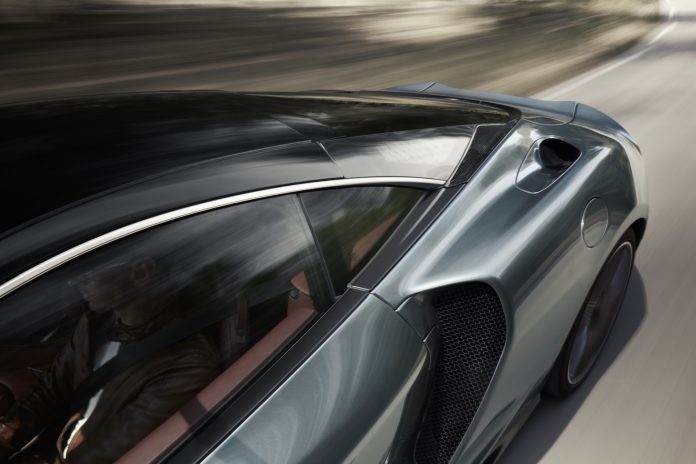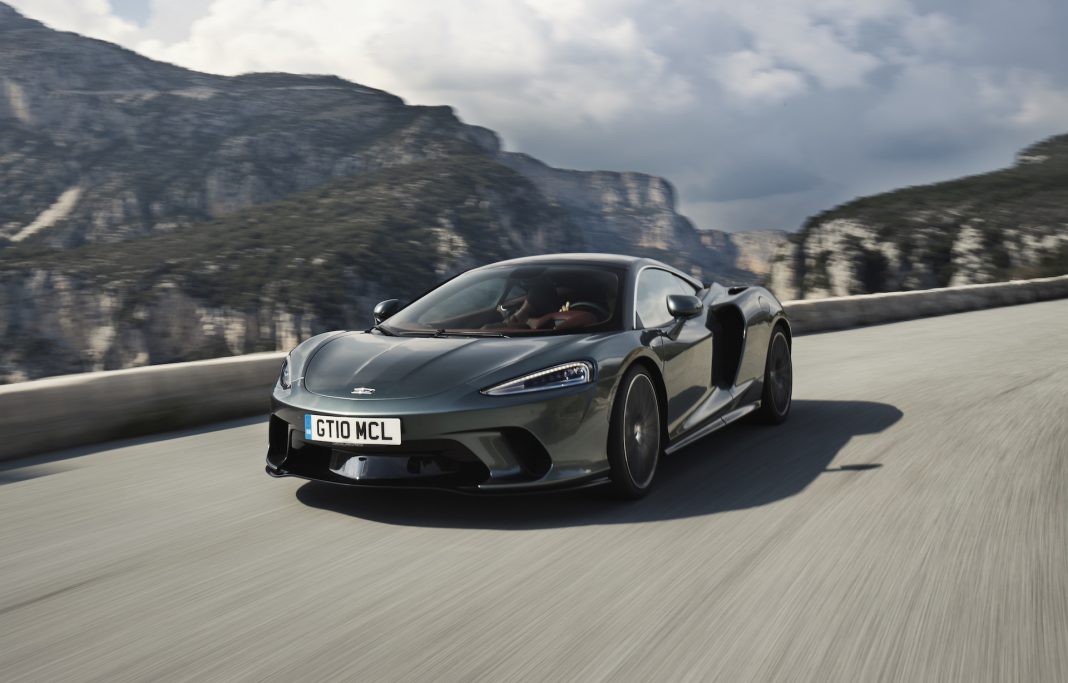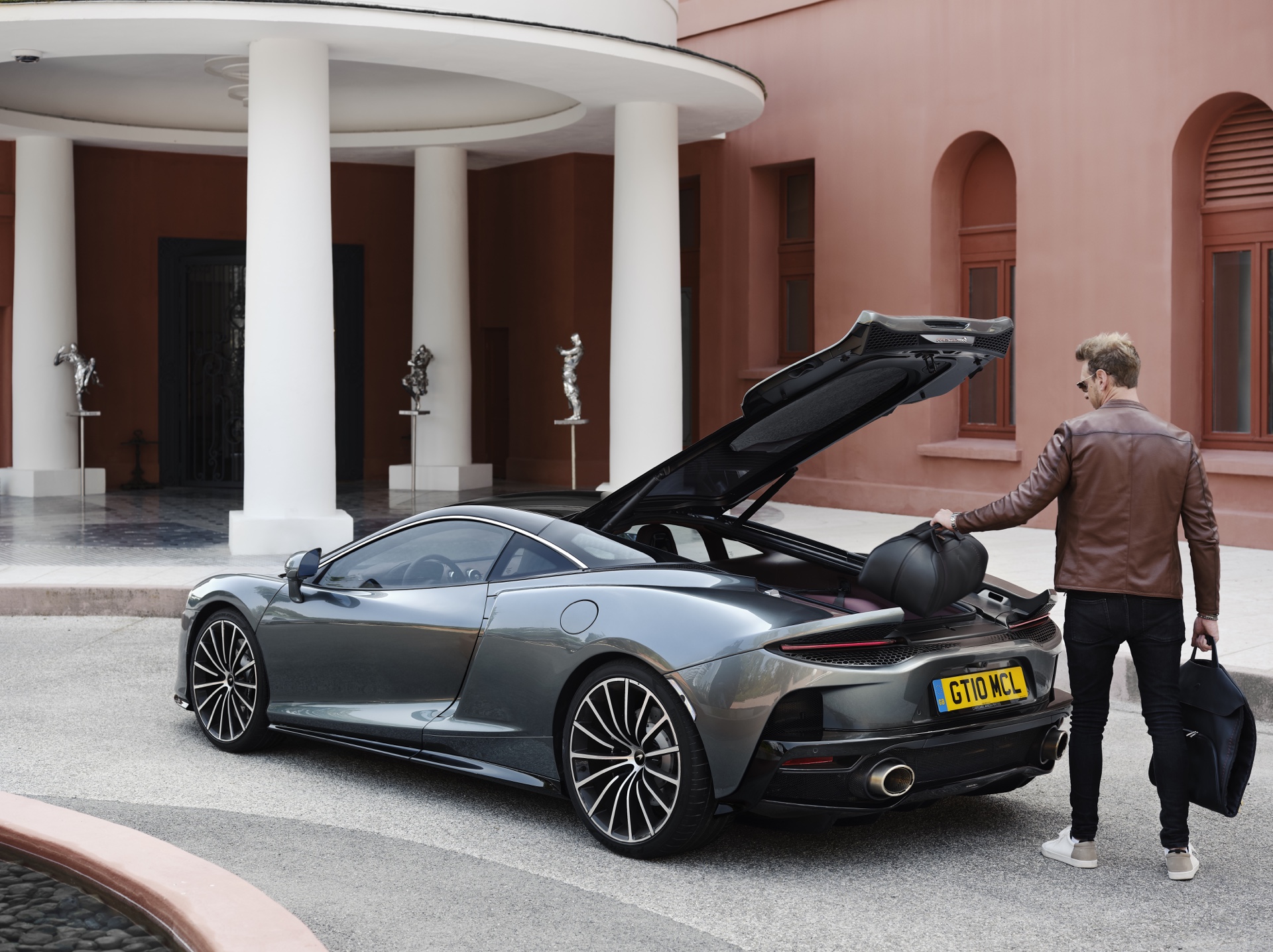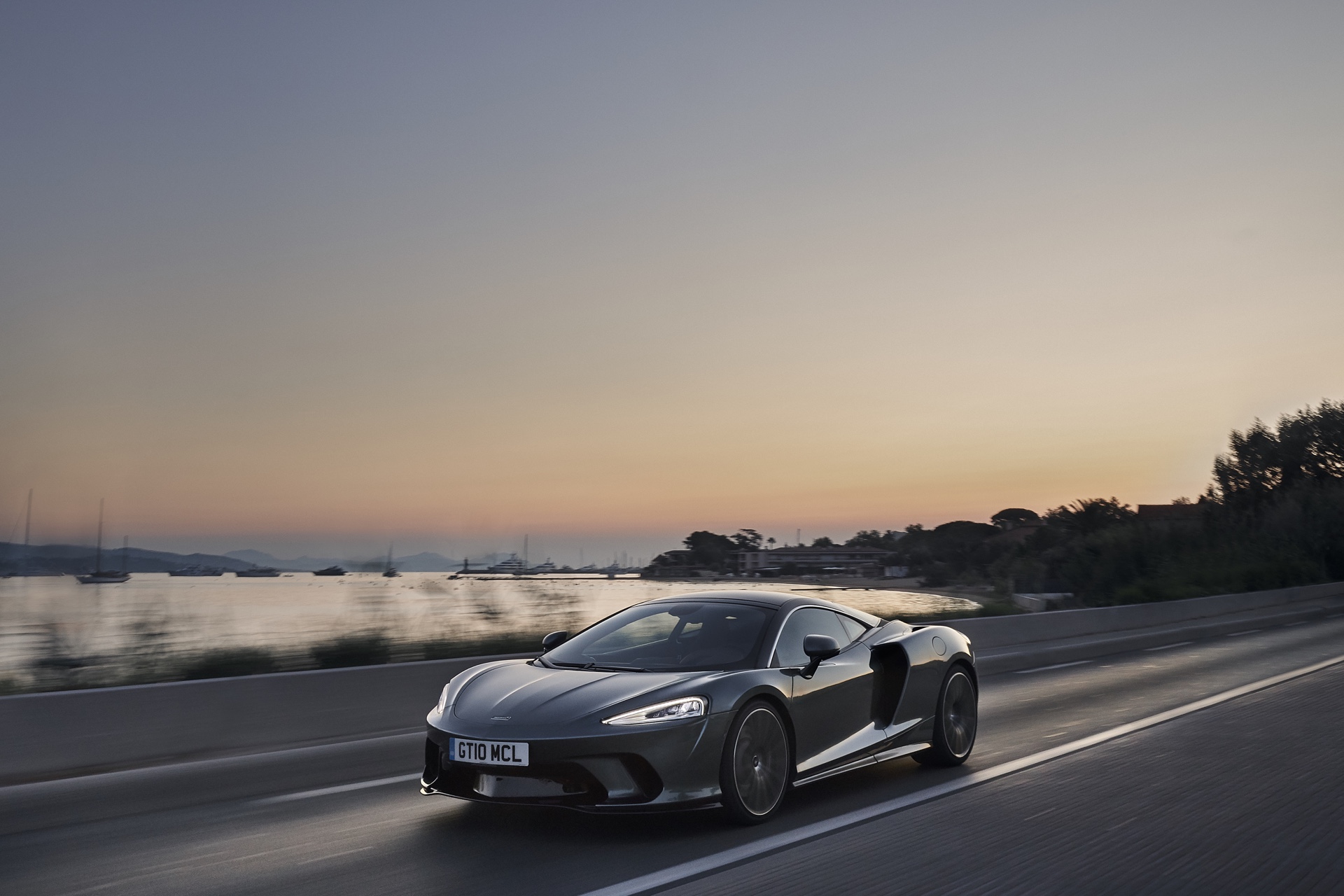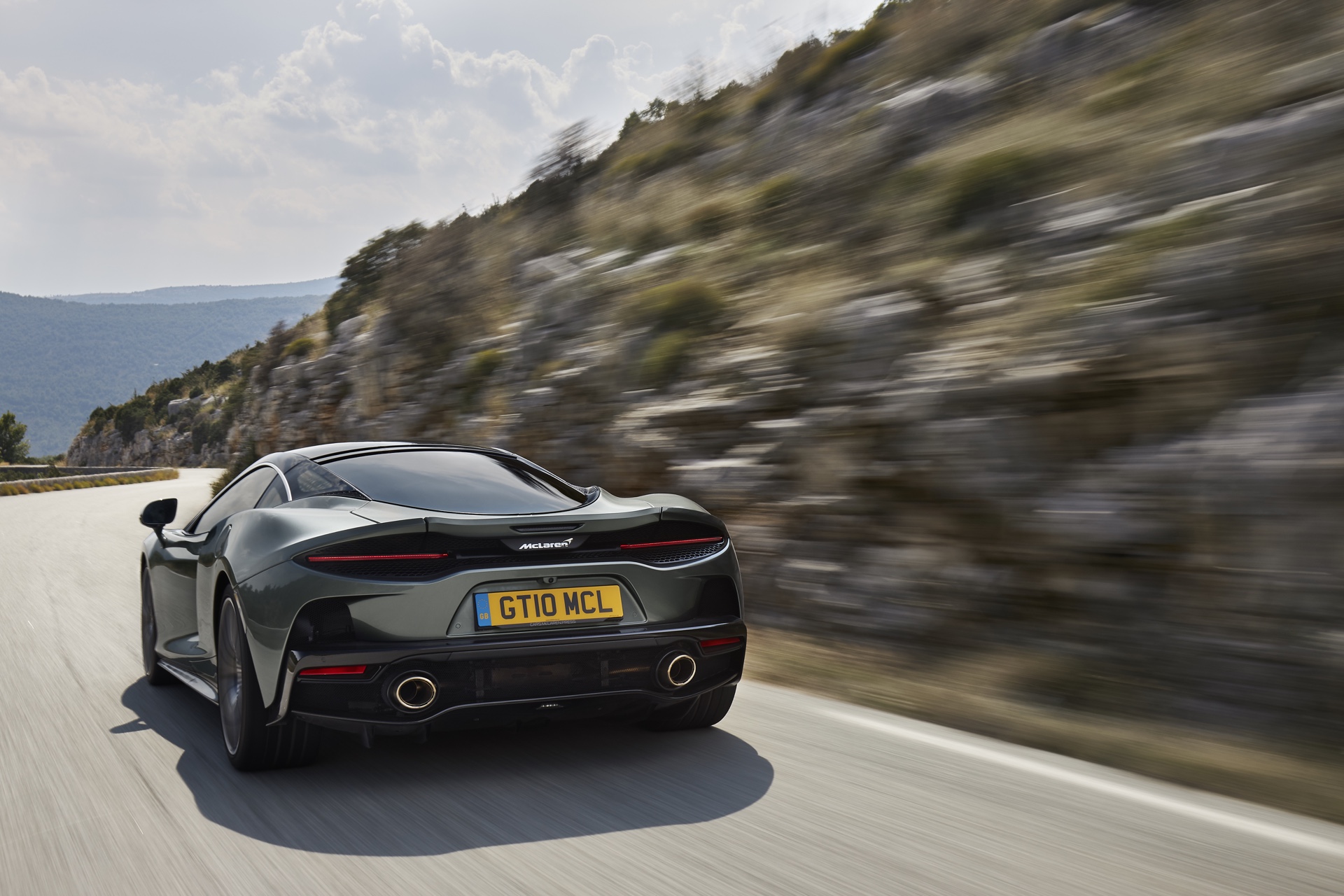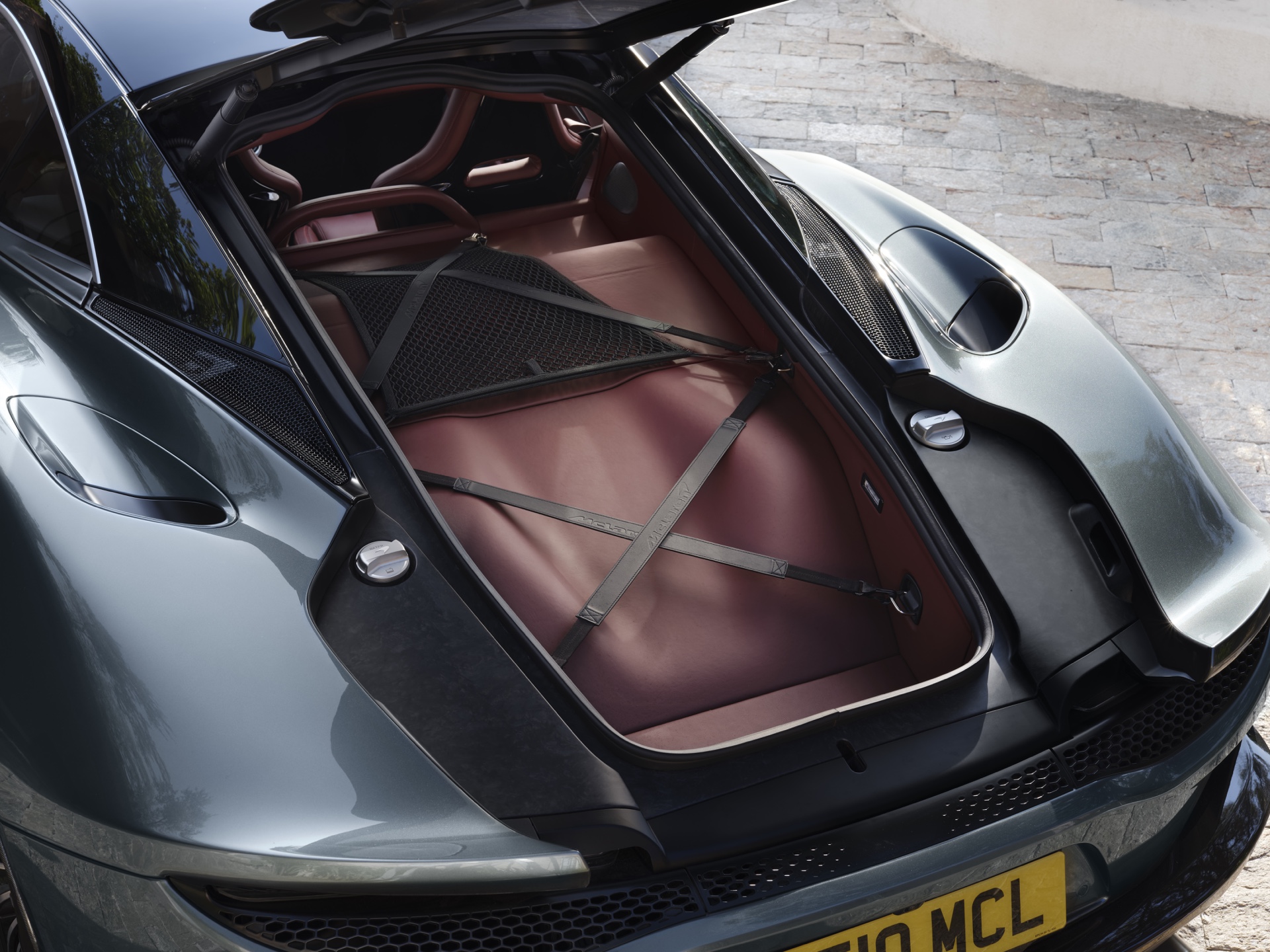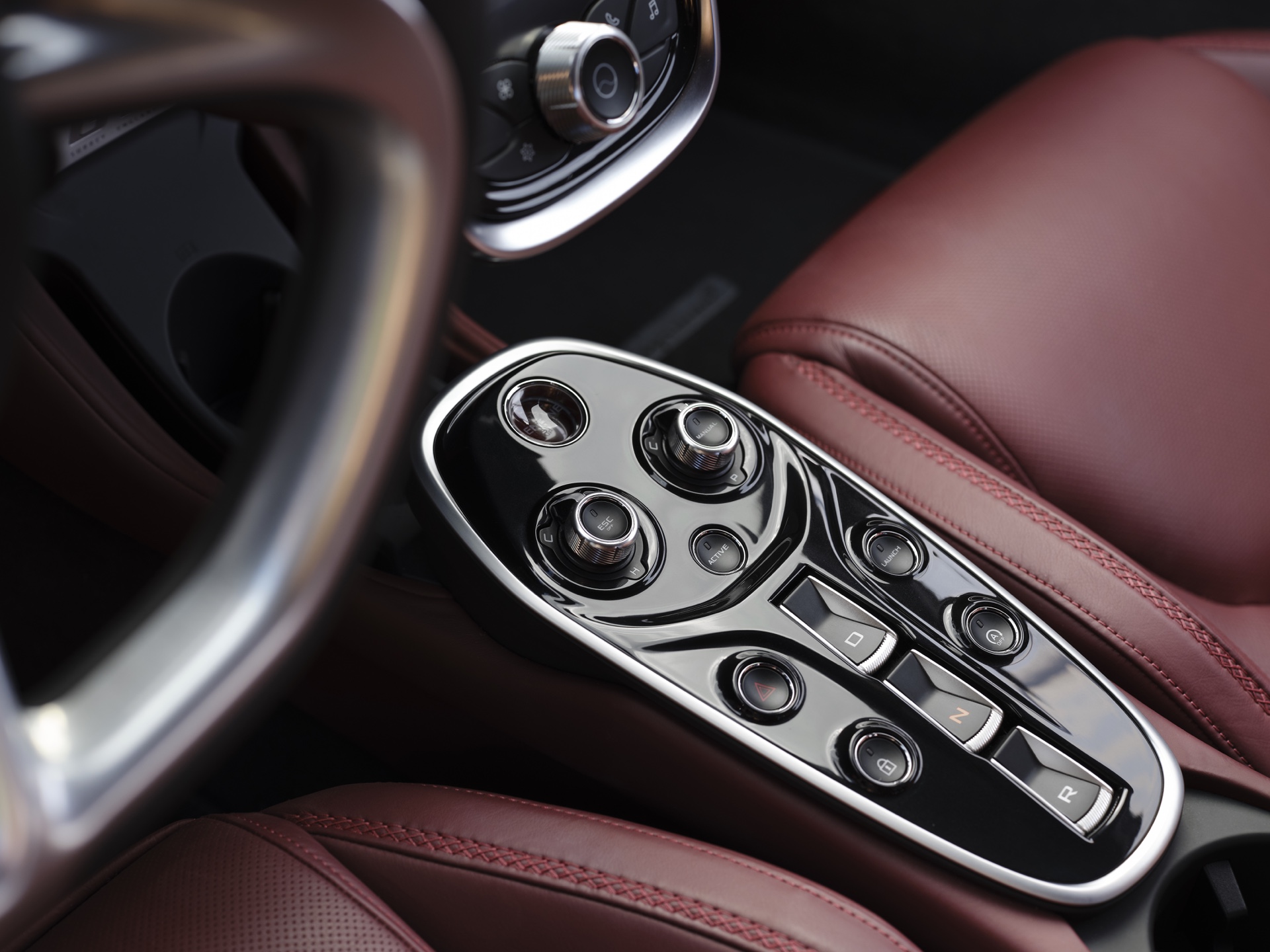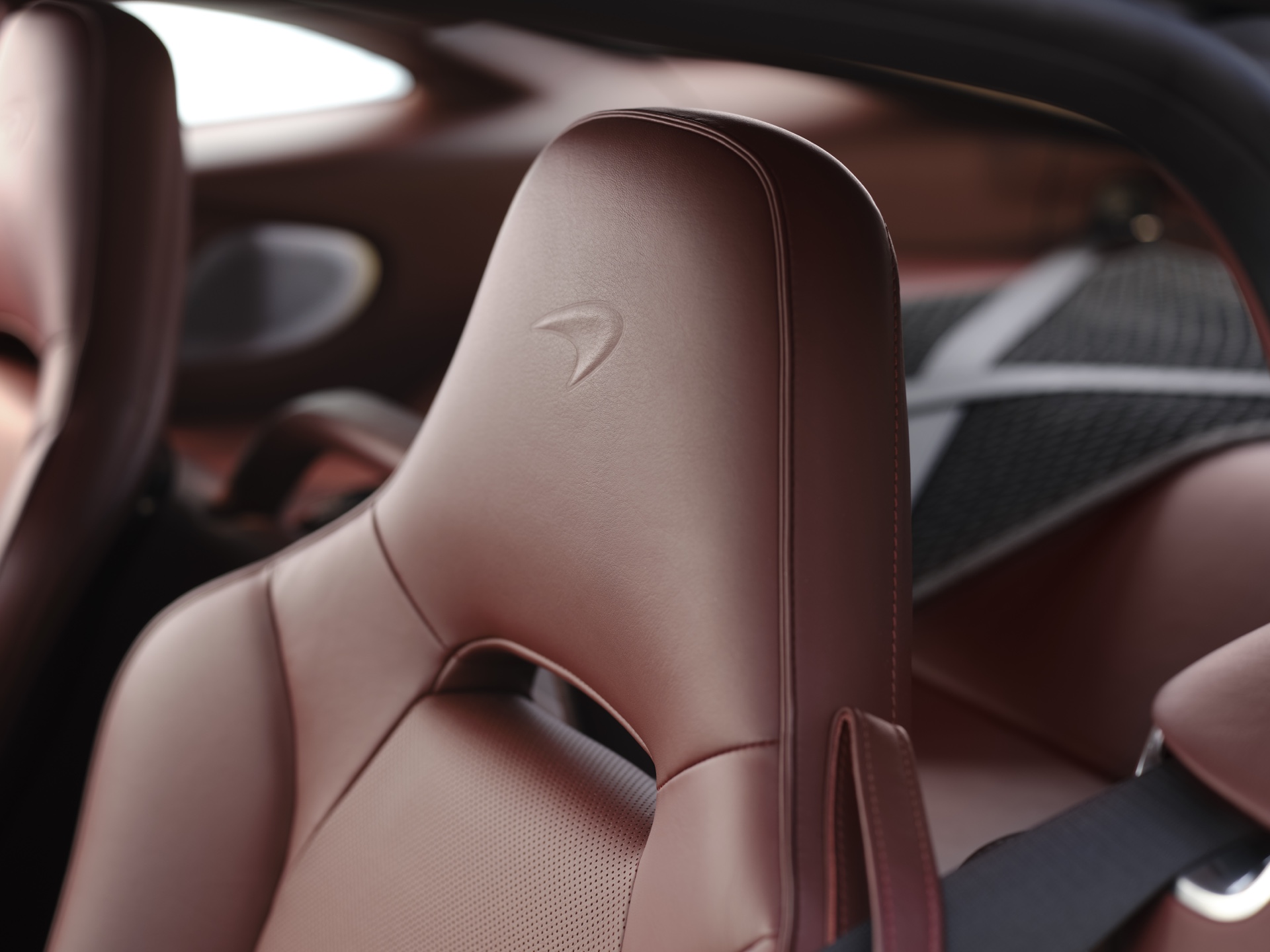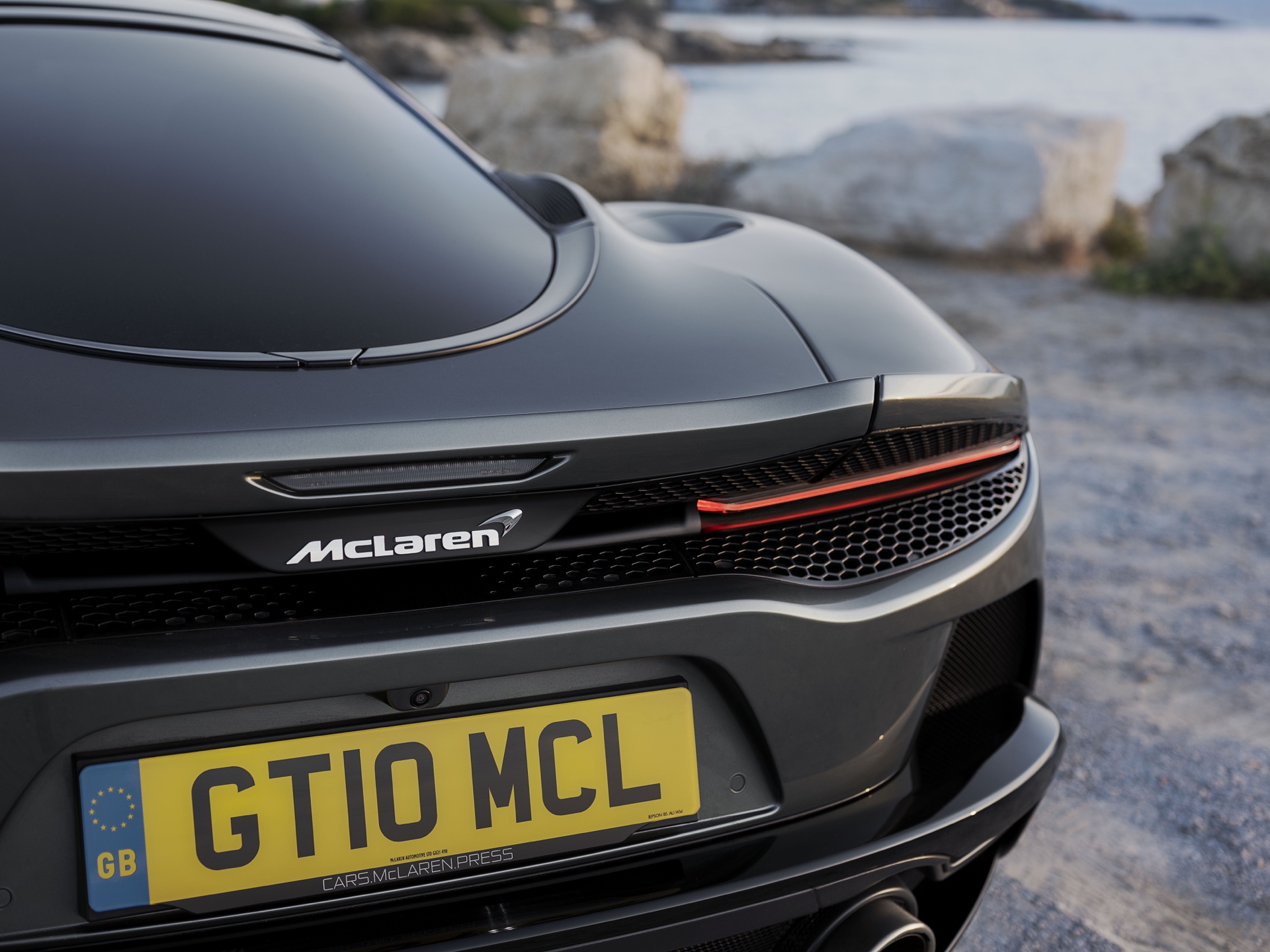Since 2011 McLaren have been upsetting the old guard of supercar builders with their ballistically fast and dramatic creations. Every model to date has fallen into one of three categories, Sport, Super and Ultimate – until now. Meet the fourth class – GT. Bentley have the Continental GT, Aston the DB11, Mercedes-Benz the S-Class Coupe and McLaren wanted a slice of the fast grand tourer pie.
The first car in the GT class for the British brand? The…GT, creative I know. As with every McLaren, there is an expectation for this to be a savagely fast car – the numbers suggest so. 0-100km/h in 3.2, 0-200 in 9 and a top speed of 326. These figures are impressive in their own right, but even more so in the content of the GT rivals that McLaren have set out to dethrone – think DB11 and Continental GT. It is not surprising when you consider that the 612bhp, 630Nm, 4-litre V8 is mid-mounted like a supercar, not the GT cars to which it is compared. The counter argument is easy, the traditional front engined GT car allows for a bigger cabin, rear seats and full sized boot.
McLaren counter these arguments and maintain that the trade-offs are off set by the advantages of a lower centre of gravity translating into far superior handling characteristics. As the previously listed numbers suggest, the McLaren GT is tremendously fast on the road once you overcome the lag below 4,000rpm. The new engine, unique it the GT, is mated to a 7-speed SSG transmission to ‘deliver linear, seamless and relentless acceleration’. That is what the press release says and I cannot disagree, the shifts up and down are available on demand. Steel brakes are fitted as standard with the option to upgrade to carbon ceramics, I experienced the steels and they were great, providing good feel and performance. On the topic of feel, the steering is still hydraulically assisted and still feels fabulous in the GT, just a tad slower than in other models.
With the chassis and powertrain in sport, there are few things that feel as fast point-to-point on the road. Switch it all into Comfort and the McLaren does something amazing. It becomes all soft and pliant, there is a suppleness that I’ve never experienced in a McLaren before. The dampers try and predict what is coming up on the road by monitoring driver inputs. Everyone claimed that McLarens of old felt as smooth as a Rolls-Royce, hyperbole plagued their opinions, it was not true in reality – the McLaren GT comes far closer. To my buttocks the Bentley Continental GT is still in another league comfort and the 48v anti roll mechanism means it does not wallow about like older Contis did. The McLaren is clearly faster, rivals are softer.
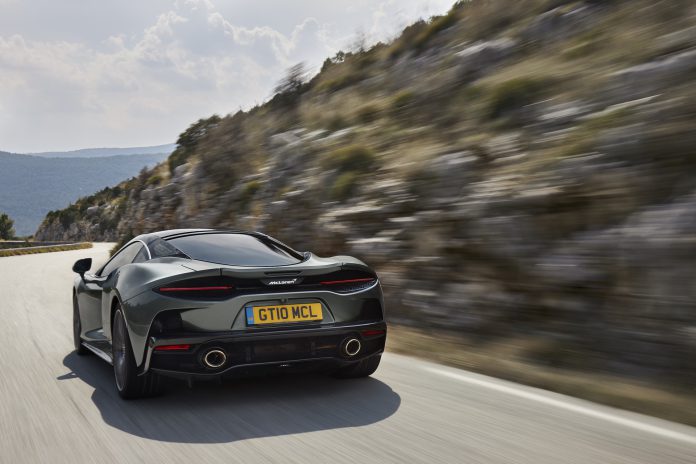
The spokespeople of McLaren are keen to convey the idea that the GT is a car that can be used for grand touring or even for a daily commute. There is a new active exhaust that features active valves that open and close depending on the engine loads. It is relaxed and quiet when cruising or set to Comfort.
The ride height is far greater than any other McLaren, there is no need to deploy the optional nose lift, but when you do the GT adopts the same clearance as a Mercedes-Benz C-Class – impressive. To really be considered a daily driver or continent cruiser, the GT’s cabin needs to be a place where you would be happy to spend hours in. The architecture of the cabin is immediately familiar to anyone that has been in a 570S or any other Sports Series model, no bad thing. It feels different as there is a lot more leather and the introduction of other new materials such as the knurled aluminium controls that are pleasing to the eye and touch. It is familiar but differentiated. As with the 720S Spider, there is the option to have an electrochromic glass roof, an option that I would recommend as it makes the cabin feel that little more light and airy.
One area that has always come under scrutiny from the media and owners alike is the infotainment system. McLaren claim that the GT features the ‘most advanced infotainment system’ yet and that there is an ‘all-new touchscreen infotainment features super-quick 10-core processor’. Having experienced every system fitted to a McLaren since the 650S, I can confidently say that there have been significant improvements over the years. When piloting something as focused as a 600LT or ballistically powerful as the mighty 720S, the infotainment system is not something I pay much attention to. The systems in those cars are not of paramount importance as it is all about relishing that Sunday morning blast. In the GT it is far more important and there is vast room for improvement.
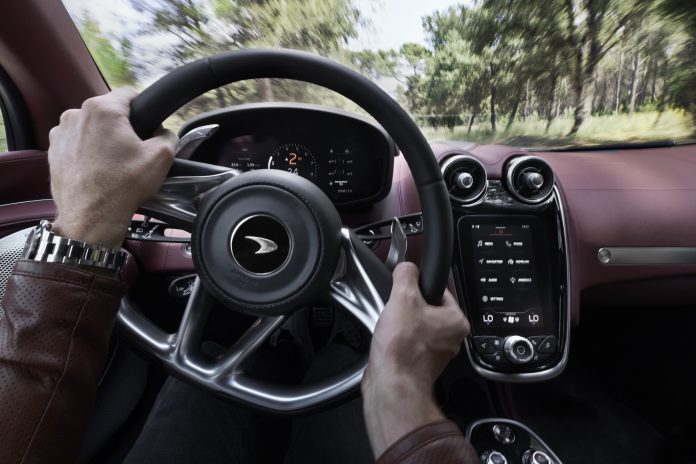
I appreciate that McLaren is not a part of a multi-billion euro conglomerate like the Volkswagen Group, nor do they want to outsource such systems as Aston Martin do. That being said, I find it to be frustrating that the brand goes to such lengths to build a GT car that will fit a set of golf clubs but one that has only has one USB port, no wireless charging capability, no Apple CarPlay/Android Auto or heads-up display.
In McLaren’s defense Apple are yet to develop to portrait oriented CarPlay system, but having the functionality would substantially improve the overall infotainment experience. On a more positive note, the B&O sound system is phenomenal and the interior ambient lighting is a gimmick but one that is particularly pleasing to the eye when you see it on the metal trim strip above the glove box.
The tech in terms of driver assistance systems that have become the norm, such as adaptive cruise control and lane assist that are useful on longer motorways drives, are absent. The Bentley Continental GT has a plethora of systems that essentially allow it to drive itself when combining active steering and cruise control on the highway.
The McLaren GT has a revised carbon fibre MonoCell II-T core, this allows for more storage than ever before. The goal was for a golf bag or two pairs of 185cm skis and boots as well as luggage can be carried with ease. Furthermore, the usual 150 litres of storage in the frunk remains and means the new McLaren GT can accommodate a total of 570 litres. Impressive, but it must be noted that the luggage compartment is rather long and not very tall.
The McLaren GT is the start of a new chapter for the brand. With the introduction of the new car comes a new GT series, to which I am sure we will see more models added to with the goal of 18 new cars or derivatives by the end of 2025 – the GT is the fourth. It certainly will appeal to a wider audience and will perhaps entice those looking for a softer supercar. With such potent performance, fabulous handling characteristics and well specced cars costing £200,000, I am not sure that the GT is an offering that will see many Bentley or DB11 orders cancelled. In my opinion, they are different cars for different buyers. Regardless, I am sure that the GT will be a success in its own right. Deliveries begin this October with prices starting at £163,00 in the UK, $210,000 in the USA and €198,000 in the EU.
